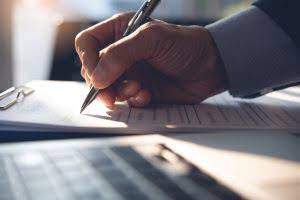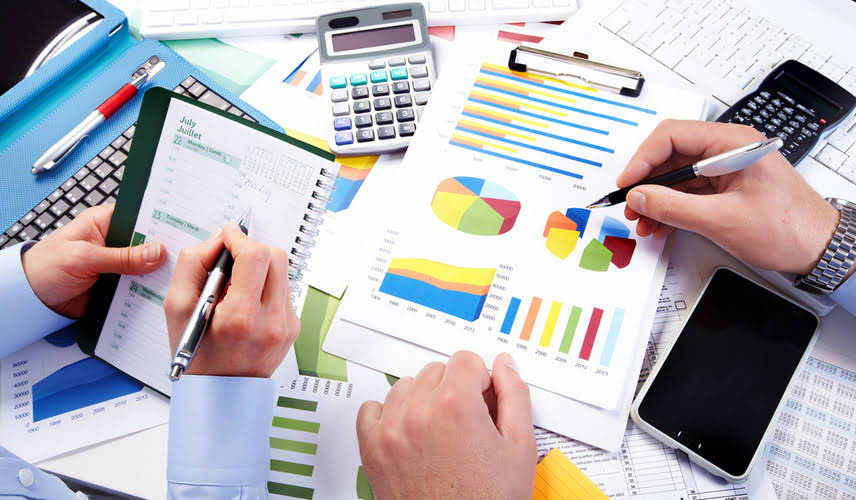
Current assets are expected to be used within a year or short-term time frame. Current assets typically include cash, inventory, accounts receivable, and other short-term liquid assets. In contrast, plant assets represent long-term property expected to be around for at least a year, often quite a bit longer than that.
Types of plant assets
Therefore, the company would record the machine at £110,000 as the initial cost. For example, a company purchases a new manufacturing machine for £100,000. The US-headquartered lithium goliath says it will stop construction of the third production train at the Kemerton plant, located near Bunbury, while also placing the second train into care and maintenance. Albemarle will shut down a large chunk of its huge Kemerton lithium hydroxide processing plant in WA’s South West and has signalled that depressed lithium prices are here to stay for a while.

Premium Investing Services
The purpose of depreciation is to “charge out” a portion of the plant assets which have been used during the accounting period to generate business revenue. It is interesting to note that IAS 16 has pointed out that a plant asset purchased for safety or environmental reasons could qualify as a plant asset even if it does not contribute to revenue. Such assets must be vital for an entity to reap the economic benefits from its other assets and would not have been otherwise acquired had its other assets not been purchased for use in business in the first place. Tom’s Machine Shop is a factory that machines fine art printing presses.

What is a depreciation expense?
Plant assets, except for land, are depreciated to spread their cost out over their useful life. This cost would be capitalised and added to the asset’s book value on the balance sheet. Plant assets are initially recorded at cost plus all expenditures necessary to buy and prepare the asset for its intended use. In the end, be careful to distinguish between asset types both on the balance sheet and in practice.
This is just one example of how a change in depreciation can affect both the bottom line and the balance sheet. When land and buildings purchased together are to be used, the firm divides the total cost and establishes separate ledger accounts for land and for buildings. This division of cost establishes the proper balances in the appropriate accounts. This is especially important later because the depreciation recorded on the buildings affects reported income, while no depreciation is taken on the land. Investment analysts and accountants use PP&E to determine if a company is financially sound. Purchases often signal that management expects long-term profitability of its company.
Related Questions
Depreciation and amortization, or the process of expensing an item over a longer period of time than when it was acquired, are calculated on a straight-line basis. It’s determined by multiplying the difference between an asset’s purchase price and its projected salvage value by the number of years it’ll be in use. Most companies, especially those what are plant assets that run fully in-house and do not rely on other parties for production or processing, require land. Even if a company does not operate on-site or own property, many businesses profit from purchasing land, even if they do not intend to use it until later. Equipment is also quite valuable and crucial to the operation of any organization.
From Planning to Prevention: Building a Maintenance Checklist for Facility Success – with Examples

These assets are used for operating the business functions and generating revenues in the financial periods. The IAS 16 of the IFRS governs the rules regarding recognizing and recording the plant assets in the company’s financial statements. Instead, a part of the cost is periodically charged to the expense account to depreciation the plant assets. PP&E assets help generate economic benefits and contribute to revenue.
The above example uses the straight-line method of depreciation and not an accelerated depreciation method, which records a larger depreciation expense during the earlier years and a smaller expense in later years. There are always assumptions built into many of the items on these statements that, if changed, can have greater or lesser effects on the company’s bottom line and/or apparent health. Assumptions in depreciation can impact the value of long-term assets and this can affect short-term earnings results.
- Such assets must be vital for an entity to reap the economic benefits from its other assets and would not have been otherwise acquired had its other assets not been purchased for use in business in the first place.
- While they’re most definitely both considered part of the asset category, current assets and plant assets don’t share all that much in common.
- Plant assets are goods that are considered long-term assets because of their high price or worth, even if the assets depreciate.
- Accounting rules also require that the plant assets be reviewed for possible impairment losses.
- From there, companies within an industry can often be easily compared.
- Plant assets, except for land, are depreciated to spread their cost out over their useful life.
- We hope you’ll know the difference between plant assets and other non-current assets and the accounting treatment.
